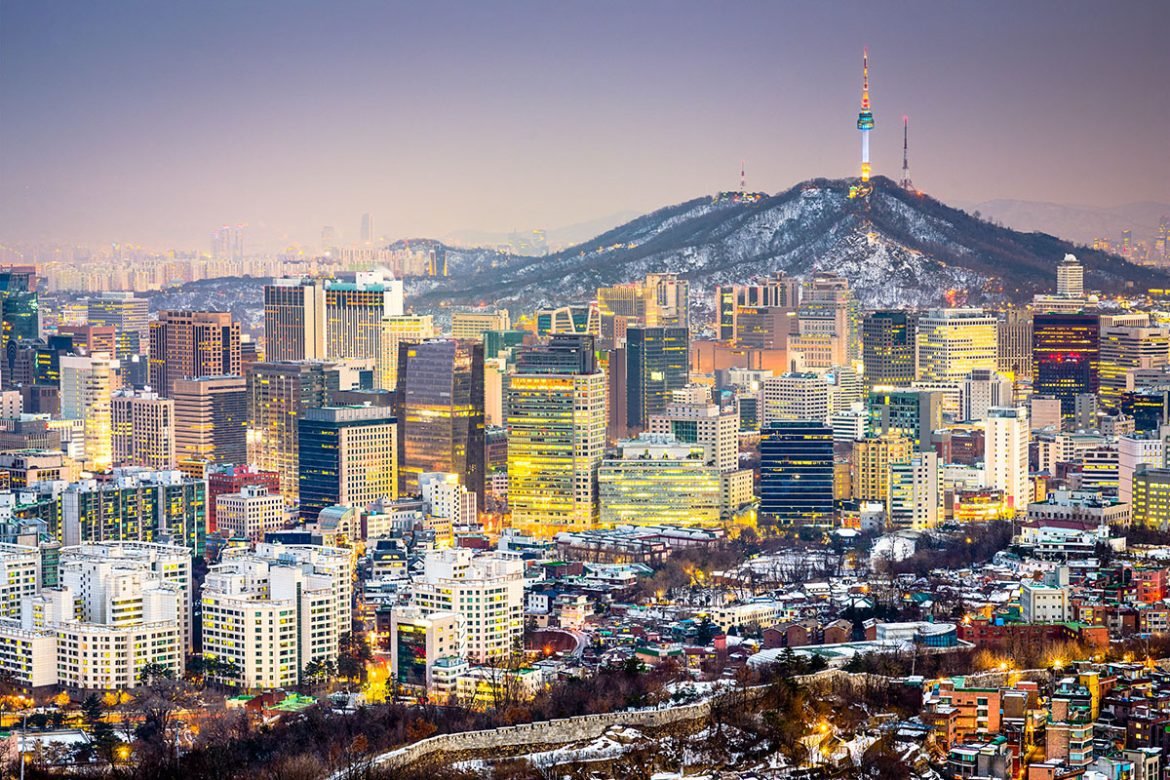South Korea has become famous across the world for its K-pop, kimchi, and K-dramas, but it also offers fascinating historical monuments and exciting modern cities. Even though the country is stuck between China and Japan, it has managed to keep its own traditions and customs while becoming a major economic force around the world.
The “Land of the Morning Calm” is located in the south of the Korean Peninsula, between the glistening seas of the Yellow Sea and the Sea of Japan, and it shares a border with North Korea. Although rugged, it also has beautiful hills, woods, and plains, and its long and beautiful coastline is dotted with over three thousand islands, most of which are tiny and deserted.
Over half of South Korea’s population resides in and around the nation’s capital, Seoul, making it one of the world’s biggest and greatest cities. There are ancient palaces and temples to see, but there are also modern shopping centres and bustling night markets to experience, not to mention the global influence of China’s innovative technologies and forward-thinking young culture.
Many visitors to South Korea stop at Gyeongju or Busan on their way to or from Seoul, where they view the likes of Gyeongbokgung Palace and the National Museum of Korea. Its lovely beaches and hot springs make it a popular spot to rest and unwind, while the historic capital of the Silla Kingdom is known for its stunning royal tombs, temples, and cultural events.
The magnificent mountains of Seoraksan National Park and the still-active folk villages of Andong are just two of the many attractions that draw large crowds to Jeju Island. The demilitarised zone (DMZ) separates South Korea from its northern neighbour and is a popular tourist attraction for those with a thirst for adventure.



